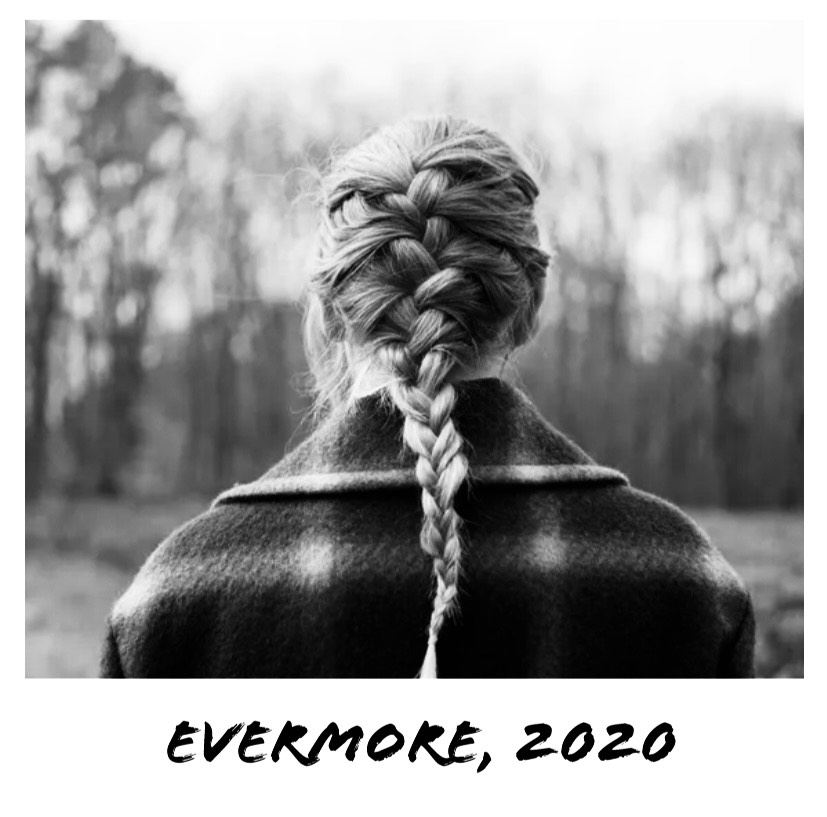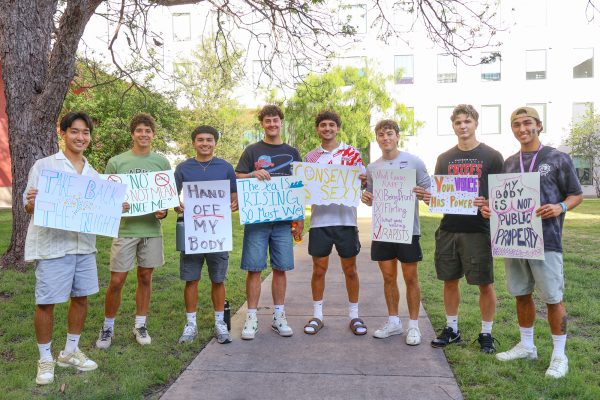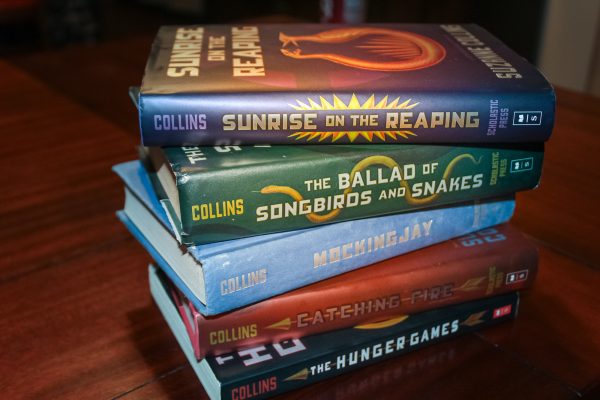Taylor Swift’s ‘evermore’ continues fairy tale ‘folklore’ began
Taylor Swift’s ‘evermore’ is the sister record to ‘folklore.’ Both albums were released only hours after being announced.
When Taylor Swift dropped her surprise record “folklore” back in July, the world was shocked not only by the last minute announcement, but also by the indie-folk sound the album contained. Gone were the achingly personal narratives and polished pop performances, replaced with tales of fictional characters and sparse arrangements.
Imagine the surprise of the public when not even five months later, Swift announced a sister album entitled “evermore,” released on Dec. 11. Similar to the release of “folklore,” the album was released at midnight along with an accompanying music video for its lead single “willow.”
With many of the same collaborations as the first surprise release, as well as being a continuation of the same kind of themes, there was bound to be relentless competition between the two. On the surface, the two can seem very similar; dive further into Swift’s waters and you’ll see how distinct each album is.
If “folklore” is the feeling of waking up early on a crisp fall day with a thermos of coffee in hand while you walk through the woods and admire the changing leaves, then “evermore” is trudging through the snow-covered streets of your hometown while you watch the puffs of air escape your lips and desperately try to keep warm.
Once again, Swift pulls us into the world that she’s created, filled with magic and self-reflection. The opening track “willow” transports us right into a fairy tale, sounding like the singer is trying to cast a love spell on the listener. “I’m begging for you to take my hand / Wreck my plans / That’s my man,” she sighs over a tinkling guitar line.
Many of the tracks on “evermore” have a distinct melancholy feel to them, almost like they’re tinged in sadness. On “champagne problems,” Swift recounts a failed proposal, pushed aside as a trivial thing as the narrator struggles with her own mental health. In a seething tone she spits out “Sometimes you just don’t know the answer / ‘Til someone’s on their knees and asks you / “She would’ve made such a lovely bride / What a shame she’s f***ed in the head” they said.”
Just like on “folklore,” the songs that excel are the ones where she puts herself in the shoes of someone else. Standout track “no body, no crime” featuring Haim was inspired by Swift’s love of true crime and sees her murdering the husband of her best friend after she goes missing. To me, the song is the other side of the coin that contains the song “tolerate it,” a tale of an unhappy wife who “Lay[s] the table with the fancy sh** / And watch[es] you tolerate it.”
In her documentary “Miss Americana,” Swift mentions how she feels like she goes through things that end up on her album that her fans end up going through right as the album drops. She must have known that we would be back in our hometowns, resisting the urge to text our ex, hence the track “‘tis the damn season.” “We could call it even / You could call me “babe” for the weekend,” she croons, almost like she’s encouraging us to make bad decisions.
When Swift finds something that works, she tends to stick with it, as seen in her long-time collaborations with producer Jack Antonoff. On “folklore,” we saw her collab with The National’s Aaron Dessner, something that carried over on “evermore” tenfold. The track “coney island” features The National’s lead vocalist Matt Berninger and is everything that a sad indie track wants to be.
“I’m on a bench in Coney Island / Wondering where did my baby go?” the two cry out over a somber guitar and piano arrangement. Between mentioning and mourning many of Swift’s past relationships and longing for the nostalgia of the mall before the Internet, the song makes you want to curl up on a park bench and cry.
Swift’s music has always had a quality of being able to slide inside of your head and grow on you the more you linger over it. I dare you to listen to the track “ivy” and try not to get the chorus of “Oh, g**damn / My pain fits in the palm of your freezing hand,” stuck in your mind as it grows over you like its namesake.
Though some tracks can feel slightly too downtrodden to want to keep on repeat (“marjorie,” “happiness”), fans can still appreciate the sentiment behind the tracks. Never fret if you’re looking for the rare upbeat track on the album, as they can be found sneakily hiding between the despair (“gold rush,” “long story short”).
With Swift finally being able to ruminate in this woodland cabin that she’s found herself in, “evermore” feels like an easy continuation of “folklore,” and not like tracks that were left on the cutting room floor. If we have any sense in us, we’ll let her wander around the woods for just a little bit longer.

Hi! My name is Sierra Rozen and I'm the Life and Arts editor. I'm a senior Communication major, with double minors in Journalism and Women's Studies. This...











